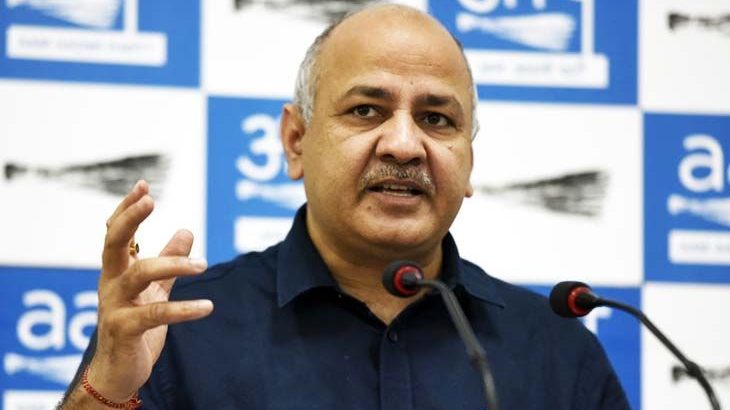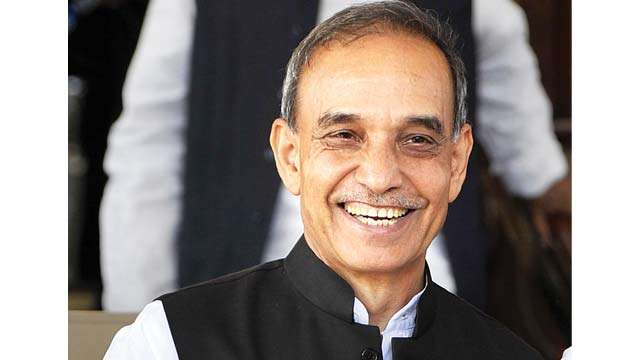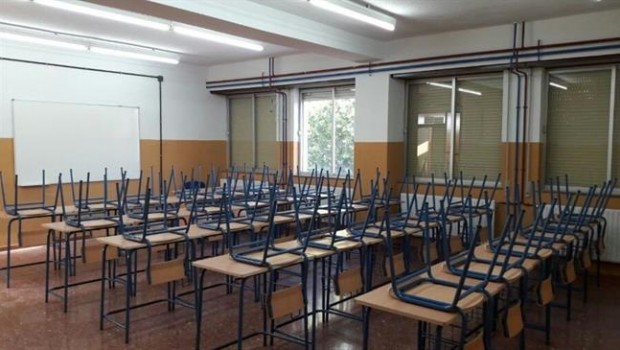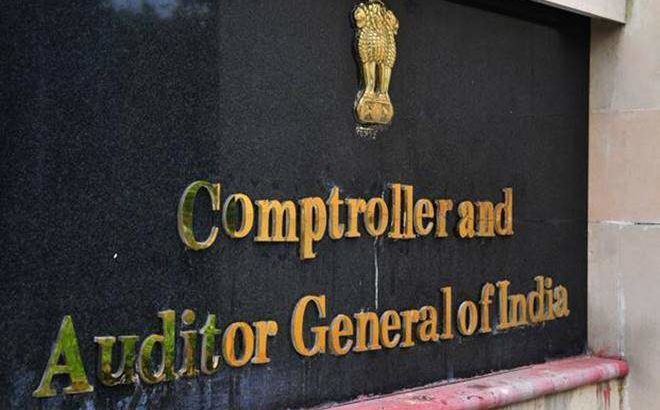India/Octubre de 2017/Autor: Evie Blad/Fuente: Education Week
Resumen: La escuela primaria en el distrito de Willamina de Oregon estableció el año pasado para separar un problema complicado que en última instancia requeriría una solución igualmente complicada: muchos de sus estudiantes nativos americanos no se presentaron de manera regular. Abordar ese ausentismo crónico fue como desenredar una cuerda, aflojar los hábitos establecidos, los problemas culturales y las persistentes barreras de la pobreza que pueden mantener a los niños fuera de la escuela, dijeron los líderes del distrito de 835 estudiantes. No hubo una sola respuesta. El trabajo incluye visitas a los hogares con los padres, aliento constante para los estudiantes y mucha escucha. A medida que el distrito ingresa al segundo año de su proyecto para combatir altas tasas de absentismo, y se expande al nivel secundario, los líderes reconocen que el trabajo será aún más difícil.
The elementary school in Oregon’s Willamina district set out last year to pick apart a complicated problem that would ultimately require an equally complicated solution: Many of its Native American students failed to show up on a regular basis.
Addressing that chronic absenteeism was like untangling a rope, loosening knotted-up, long-established habits, cultural issues, and the persistent barriers of poverty that can keep children out of school, leaders in the district of 835 students said.
There was no one answer. The work includes home visits with parents, constant encouragement for students, and lots of listening.
As the district goes into year two of its project to combat high rates of absenteeism, expanding to the secondary level, leaders recognize that the work will get even more difficult.
In Oregon, chronic absenteeism is defined as missing more than 10 percent of school days. The Willamina district’s initial efforts had the most effect on young students who exceeded that threshold by a few days. The next phase will confront more extreme levels of absences, Superintendent Carrie Zimbrick said.
«We’re still not where we want to be, but this isn’t something we’re going to backtrack on,» she said.
And the district has extra motivation as Oregon—a forerunner in tracking chronic absenteeism at the state level alongside Hawaii and New Jersey—has added it to its school accountability plan under the new federal education law, the Every Student Succeeds Act.
As many other states take the same step, districts across the country will be faced with the same challenge as Willamina: figuring out what keeps so many students from showing up for school consistently.
Researchers have found that students who rack up absences score lower than their peers on achievement tests, are less engaged in the classroom, and are at a higher risk of dropping out as they get older. Some argue absenteeism data can be a good barometer of school quality, helping school leaders zero in on problems like unfair discipline policies that might keep students out of class.
Measuring School Quality
ESSA requires states to track at a school level how many students miss 15 days or more in excused or unexcused absences. The federal law also requires states to expand their accountability systems—used to determine which schools need intervention and support—to include at least one additional indicator that differs from traditional measures such as student-test scores.
In plans already submitted for federal review, 34 states and the District of Columbia chose chronic absenteeism as their «additional indicator,» or as part of an index of measures they’ll use to meet that requirement. States used a variety of definitions of chronic absenteeism. Many hewed closely to the threshold suggested by national research and advocacy groups like Attendance Works, which recommends students miss no more than 10 percent of days in a school year for any reason, including discipline, illness, or otherwise «excused» absences.
Chronic absenteeism is an important measure of school quality, many education groups say, because it is based on objective attendance data that states already measure and because it is affected by a wide variety of factors linked to student success. Those include student engagement, school climate, use of exclusionary discipline like suspensions, and how well schools address students’ nonacademic needs by providing their charges access to supports like food pantries.
Chronic-absenteeism data give schools a more focused view of which students need help, Attendance Works officials say. Schools have typically tracked daily attendance, which may mask higher concentrations of absences among a group of students.
«It’s really important to have indicators that are directly connected to academic achievement,» said Hedy Chang, the executive director of Attendance Works. «There’s now a growing level of evidence that proves what we know from common sense, which is that if kids aren’t in the classroom, they can’t benefit.»
More than 7 million students nationwide missed 15 or more days during the 2013-14 school year, the most recent federal data show. At 11 percent of public schools—about 10,000—more than 30 percent of students missed at least 15 days that year for any reason, including suspensions and excused absences, an analysis by Attendance Works found. At an additional 10,000 schools, between 20 percent and 29 percent of students missed at least 15 days. The problem is most severe in high schools, and high-poverty schools are more likely to struggle with chronic absenteeism, the report found.
Schools have tackled absences in a variety of ways. After a group of Texas districts analyzed data and found students were missing excessive days because of acute illnesses, they partnered with a community organization to offer free flu shots to students. In Grand Rapids, Mich., schools started a public-awareness campaign to inform families about the importance of attendance. It has since been copied by other districts.
In Maine, some schools send teams of teachers and volunteers through neighborhoods to help walk young students to school, addressing safety concerns and helping them feel motivated to get to school on chilly winter days. And districts like Baltimore have used mentorship programs and the community schools model, which coordinates student services such as health care, to help confront especially high rates of concentrated absences.
Groups like the Coalition for Community Schools believe the more careful monitoring of chronic absenteeism will lead schools to focus more on «whole child» out-of-school factors and take a collaborative, «all-hands-on-deck approach to supporting our students,» said José Muñoz, the organization’s director.
Statewide Effort
Willamina’s efforts started after Oregon’s nine federally recognized Native American tribes identified school attendance as a key issue for the academic success of their children, and state data backed up their concerns. In 2015-16, 33 percent of American Indian/Alaska Native students missed at least 10 percent of school days in Oregon, the worst rate of chronic absenteeism among any racial or ethnic group. The state average was 19 percent.
So two years ago, as part of a larger plan to address school attendance, the state awarded funds to the tribes through a Tribal Attendance Pilot Project. Those tribes worked with schools that served large numbers of their students to hire coordinators who would monitor attendance, identify problem spots, and work with families to address the issues that kept students out of school.
Between 2015-16 and 2016-17, 10 out of 17 schools participating in the pilot project saw a drop in chronic absences. That includes Willamina, which worked with the nearby Confederated Tribes of Grand Ronde to help reduce its rates of chronic absenteeism at the elementary level from 43.2 percent to 36.5 percent among American Indian students and from 38.4 percent to 29.9 percent overall.
At the center of successful tribal attendance strategies were efforts to build a sense of trust and belonging for native families in Oregon schools, state education officials said.

First grader Logan Kneeland works on a math exercise with teacher Shannon Mode at Willamina Elementary School in Willamina, Ore. The school has partnered with local tribes to lower rates of absence among its Native American students.
—Leah Nash for Education Week
Native Americans have a troubled history with the education system dating back to a time when their children were forced into boarding schools that sought to assimilate them into white culture and strip them of their native customs and languages.
«A lot of people think that’s historical, but I always say that both of my parents were in boarding school so I’m a product of boarding school myself,» Ramona Holcomb, the Indian education specialist at the Oregon education agency, said in a recent online presentation.
So participating schools took steps to build stronger relationships with tribes. They incorporated native handcrafts, like basketweaving, into classroom work and brought native drumming into school assemblies. One school changed its signs to the tribe’s native language as a show of respect. Willamina worked closely with tribal leaders to get buy-in for its strategies.
«So much of it was showing the families that they mattered, that their part in education mattered,» said Audra Sherwood, the education director for the Grand Ronde tribes.
Rebecca Arredondo, the school attendance coordinator hired by the district in consultation with Grand Ronde leaders, visits students and families at home, and she holds some parent-teacher meetings at the tribal headquarters for families who are hesitant to come to school. Arredondo worked with parents of students in danger of tallying up too many tardies and absences to craft contingency plans. Who could they call to help them out if they were having car trouble? What if their child misses the bus?
«A lot of it is listening for me,» she said. «What have you tried? Who is around who can support you? Do you need an alarm clock? I can order you an alarm clock.»
In a pinch, Arredondo has made the 15-mile drive to tribal housing to pick up students in her Toyota Prius and drop them off at school herself.
Some students needed to be connected to community resources. Still others needed help with issues at school, such as bullying, so Arredondo worked with groups of students to talk through problems and make them more comfortable with their peers.
She rewarded students with prizes like e-book readers and gas cards for their families when they had especially good attendance and did cheers with classrooms that had every student present. Last year, Willamina Elementary held an assembly at the tribe’s headquarters for students who’d had exceptional attendance and their families, attracting some non-native families.
«Some of them said, ‘I’ve never been out here before,’ » Arredondo said. «It was kind of a neat way to bridge some of that, too.»
There’s not a silver bullet for attendance, Willamina leaders said; it takes hard work and cooperation from all sectors of a school to communicate to families that «we want you here, no matter what,» said Zimbrick, the superintendent.
«I think we make an assumption about how much families know that we care about their child,» she said, adding that parents don’t always have that certainty. And the collective nature of attendance work—the notion that it isn’t «owned» exclusively by teachers or principals or school nurses—is one of the reasons advocates support it as a school accountability indicator. Everyone in the school is responsible for it, they say.
But the complicated nature of chronic absenteeism—and the host of out-of-school factors that affect it—are also a cause of concern for some.
Solving ‘Underlying Reasons’
Before Hawaii included absenteeism in its ESSA plan, it surveyed 458 people—more than half of them teachers—about its proposed accountability system. Fifty-four percent of respondents disagreed or strongly disagreed that chronic absenteeism is an appropriate measure of school quality or student success.
«We need to solve underlying reasons before we can demand student attendance,» one respondent commented. «Homelessness and other socioeconomic issues that impact attendance can’t be easily fixed by state mandates.»
Joshua Starr, the CEO of Phi Delta Kappa International and a former school superintendent, said it’s important for schools to mine attendance data on an ongoing basis. But he’s concerned that using year-end data for accountability won’t take into account that some schools lack such resources as counselors and that students may skip school for reasons outside of a school’s control, safety concerns in their neighborhoods, traumatic family situations, and a lack of reliable transportation, among them.
«If schools are held accountable for attendance data … without understanding what the resources are and the strategy to support good attendance, is that appropriate accountability?» he said.
Chang of Attendance Works said that the data should be used to inform states about which schools need the most help and that states should respond appropriately, by providing funding, guidance, and other resources to help bring down the numbers of students who fail to come on a regular basis.
«I got into this work because I want to create more opportunities for all of our children, especially the most vulnerable, to succeed,» she said. «My biggest worry is blame. Blaming isn’t going to help us. We all have to take responsibility. … If we blame each other rather than using the data to unpack why kids aren’t in school and what would change those conditions, we will miss that opportunity.»
Fuente: http://www.edweek.org/ew/articles/2017/10/18/schools-mount-fight-against-chronic-absenteeism.html












 Users Today : 65
Users Today : 65 Total Users : 35404543
Total Users : 35404543 Views Today : 74
Views Today : 74 Total views : 3334114
Total views : 3334114